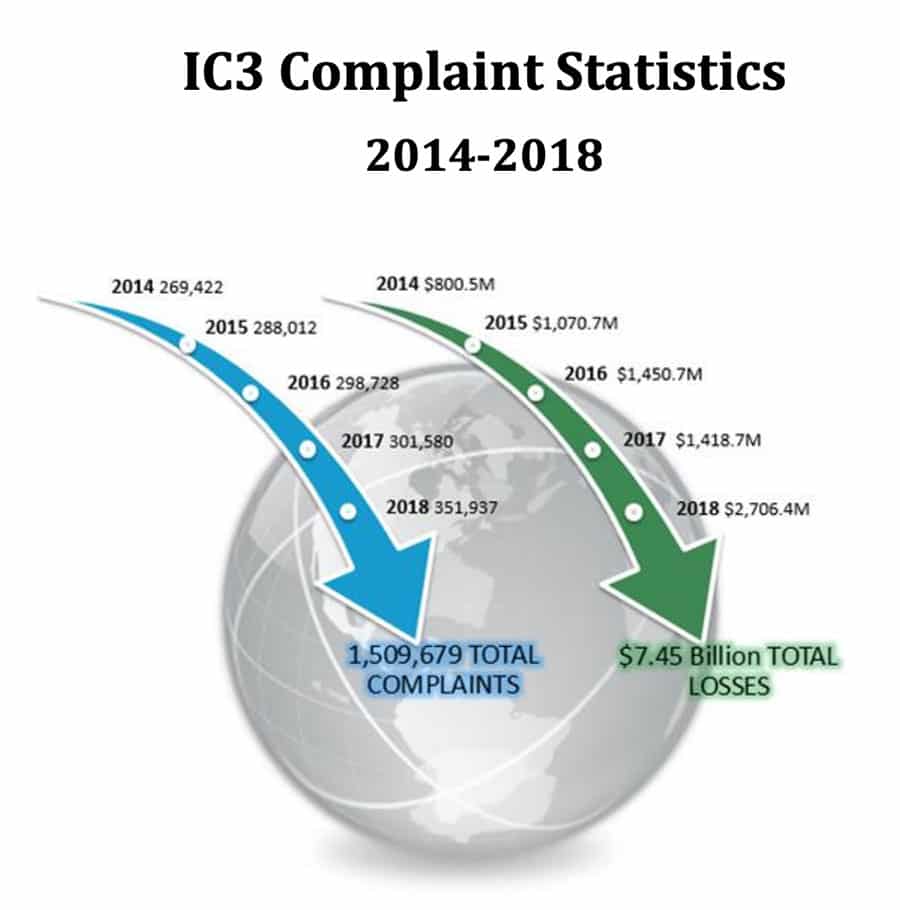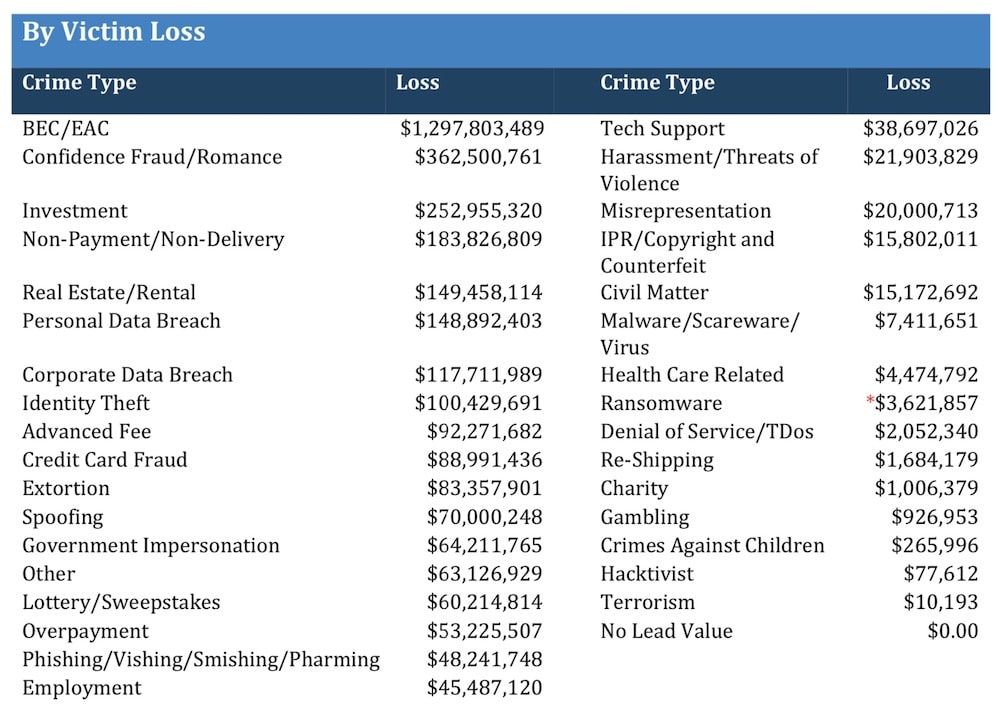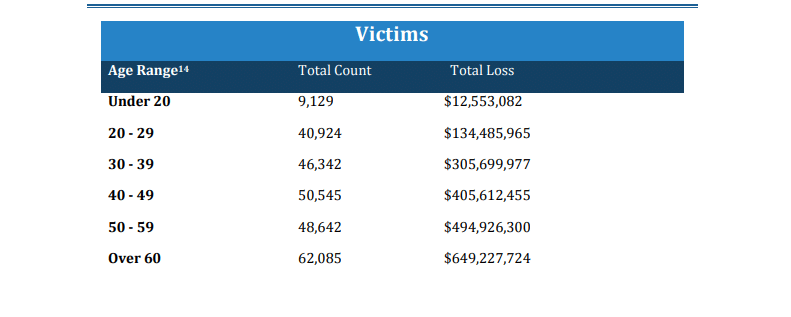A recent report released by the Federal Bureau Investigation in April announced there was a rise in cyber crime & business email compromise over 2018.
FBI warns of an increase in cyber crime
The FBI’s Internet Crime Complaint Center (IC3) recently published their annual report detailing the cyber crimes that have been reported during 2018 in the United States. The report details a year in review of the cyber attacks and most common threats businesses and consumers could face in the growing digital economy. Major cyber crimes in the US over 2018 included tech support fraud, payroll diversion, business email compromise, and extortion. Of these cyber incidents, Business Email Compromise (B.E.C.) ranked top on the list, causing most victim financial loss during the 2018 calendar year.

Watch out for business email compromise
Business Email Compromise (better known as B.E.C.) is a cyber attack that involves a criminal using fraudulent or deceptive communication (via email message) that attempts to have a victim wire money transfer or other organizational data. Cyber criminals are becoming more complex and dynamic with their attempts to penetrate email accounts with improved hacks and social engineering. As a result, the FBI’s IC3 annual reports they’ve received 20,373 BEC complaints. Business Email Compromise continues to be a focus for cyber crime because of the hefty financial rewards and large pool of unsuspecting victims (especially in the United States). BEC attacks accounted for $1.2 billion in financial losses.
Below is the Internet Crime Complaint Center, Annual Report 2019 monetary loses by crime-type.

The IC3 reports that in total, cyber incidents reported (351,936) collectively caused business financial losses of over $2.71 billion. In contrast, there were only 301,580 complaints in 2017 totaling $1.42 billion in damages. The top 5 states that experienced the most cyber crime reports are California, Texas, Florida, New York, and Virgina (respectively). States that topped the Total Losses by Victim Per State include California, New York, Texas, Florida, and North Carolina (respectively). It should also be noted that not every case is reported to IC3, speculating that these figures may actually be much higher than published.
The report also features important statistics on cyber crime such as the demographic of victims by age group. IC3 discovers that more than 60% of filed complaints were from victims 40 years of age or older. This trend underscores the importance of proper cyber security training for all employees and people of all ages. More business leaders need to create awareness and deploy resources that can help defend their organization against a cyber attack. Cyber criminals research which victims are most likely to fall for their deceptive techniques, and our nation’s older demographic is at risk for creating more opportunities for cyber crimes.

Although the IC3 2018 Annual Report emphasizes the growth of cyber crime in the United States, it also depicts the exceptional work done by the FBI and the Recovery Asset Team to resolves the cases. Between February 2018 to December 2018, IC3 reports having recovered $192,699,195.72 financial losses of the $257,096,991.65 which results in a recovery rate of 75%. This is a huge accomplishment given the overwhelming task of federal agents having to solve these cases and resolve with the victims.
Now is the time to create a cyber security framework for your organization and prevent becoming part of these alarming statistics. Improving your cyber security can be accomplished, and should be on your list of goals this Spring.
Are you the victim of a cyber crime?
Find out how to report a cyber crime like ransomware to the appropriate authorities:
How to Report a Cyber Crime







